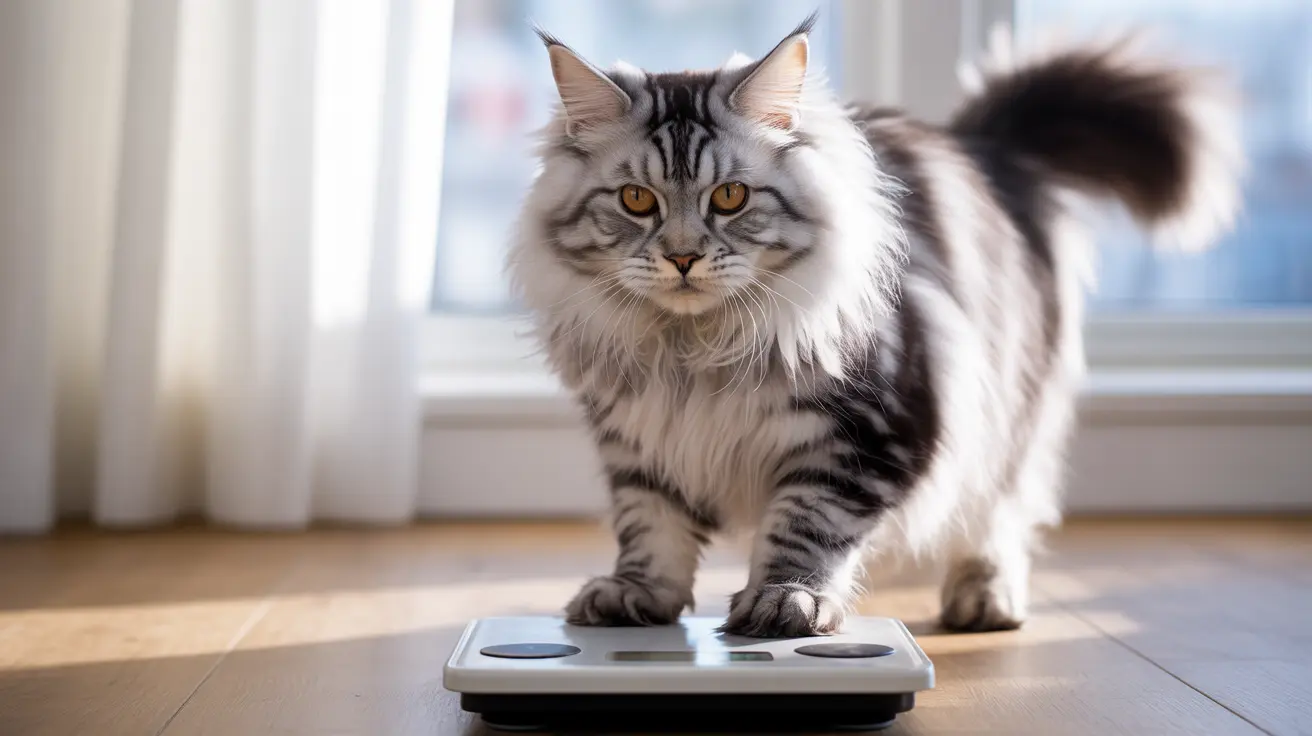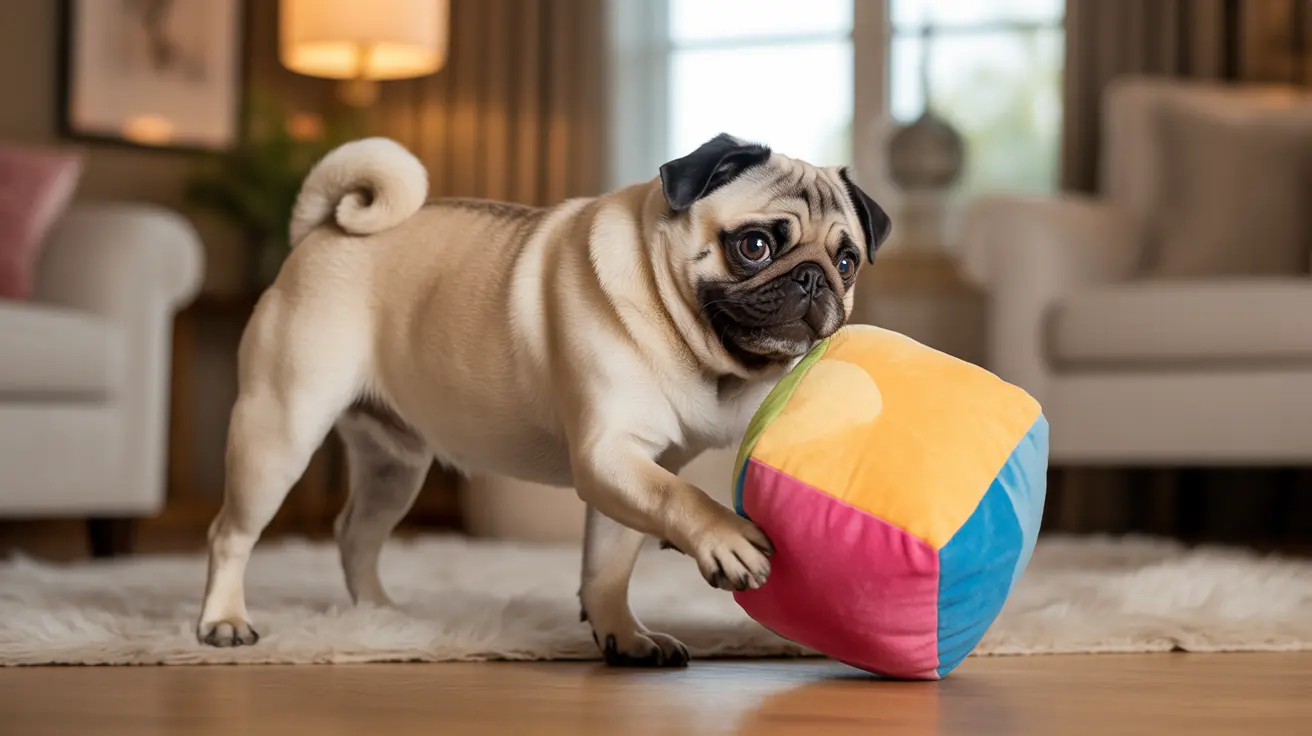How to Tell If You're Your Dog's Favorite Person
Dogs are known for their deep loyalty and affection toward their human companions. One common question many dog owners ask themselves is: "Am I my dog's favorite person?" The answer can often be found in your dog's behavior, particularly how they seek closeness and interact with you. Here's an in-depth look at the signs you may be your dog's favorite, rooted in instinct, learned behaviors, and emotional bonds.
1. Physical Closeness and Sitting on You
One of the clearest signs that you're your dog's favorite is their desire to be physically close to you. Dogs sitting on their owners is more than just a quirky habit—it’s a form of communication.
- Natural instinct: Puppies are raised in close contact with their mother and littermates, and they carry this need for physical touch into adulthood.
- Comfort and security: Your lap or chest provides warmth and safety, particularly during stress-inducing situations like thunderstorms or fireworks.
- Affection: Sitting on you can be a way of expressing love and deepening the emotional bond.
2. Seeking Your Attention and Company
Your dog may sit on you not just due to instinct but also to engage with you directly. This can be a bid for attention, play, or interaction.
- Initiating play: If your dog is nudging you or wiggling excitedly while sitting, they might want to play.
- Requesting affection: Many dogs have learned that sitting on their owner results in petting, cuddles, or treats.
- Boredom: Dogs with unfulfilled needs for stimulation or interaction may sit on you frequently to prompt engagement.
3. Emotional Bonding and Separation Anxiety
For dogs suffering from separation anxiety or those with strong emotional ties to their owner, physical closeness becomes essential.
- Signs of anxiety: Whimpering, panting, and pacing when you prepare to leave can suggest attachment.
- Following you everywhere: Constantly staying by your side—even when you change rooms—can indicate you are their favorite person.
- Comfort through contact: Just like humans seeking hugs during distress, dogs use your presence to soothe themselves.
4. Territorial Behavior and Scent Marking
Dogs also show favoritism through behaviors that might seem dominant but are often tied to emotional preference.
- Scent marking: Glands in their bodies allow dogs to spread their scent by rubbing on or sitting on you.
- Protectiveness: If your dog sits on you when other pets are around, they may be claiming you as their special human.
- Guarding behavior: Growling or barking at other animals while on your lap is a sign of possessiveness.
5. Breed-Specific Affection
Certain breeds are more prone to bonding closely with a single person. If your dog belongs to a breed known for loyalty and affection, they may gravitate more strongly toward one household member.
- Vizslas, Bernese Mountain Dogs, Labrador Retrievers: These breeds thrive on human closeness and may choose a favorite based on attention and time spent together.
- Small companion breeds: Dogs like Chihuahuas or Maltese often prefer close contact and may “assign” themselves to one person.
6. Reinforced Behavior Through Positive Feedback
Dogs quickly learn which behaviors yield rewards. If sitting on you garners cuddles or praise, they’re more likely to repeat it.
- Consistent response: Petting and talking to your dog while they sit on you reinforces that behavior.
- Conditioned affection: Over time, these interactions shape their preferences and deepen their bond with you.
7. When to Be Concerned
While closeness is often a positive signal, sudden change in behavior may warrant attention.
- Health check: If your dog suddenly becomes clingy, consult a veterinarian to rule out illness or discomfort.
- Aggression or guarding: If the behavior escalates into aggressive responses, professional training may be necessary.
8. Training Alternatives If Needed
Not everyone wants a dog sitting on them all the time, and preferences can be gently redirected.
- Provide a designated space: Encourage your dog to sit on a specific blanket or mat nearby.
- Reward other behaviors: Offer praise and treats for sitting or lying in alternative spots.
- Use commands: Train your dog with consistent cues to understand when closeness is welcomed or not.
Conclusion: A dog sitting on you is often a sign of deep affection, trust, and emotional bonding. While multiple factors contribute to such behavior—ranging from evolutionary traits to learned responses—the consistent desire for closeness suggests that you might very well be your dog's favorite person. Recognize and cherish this unique connection, and continue to nurture it with love and understanding.





